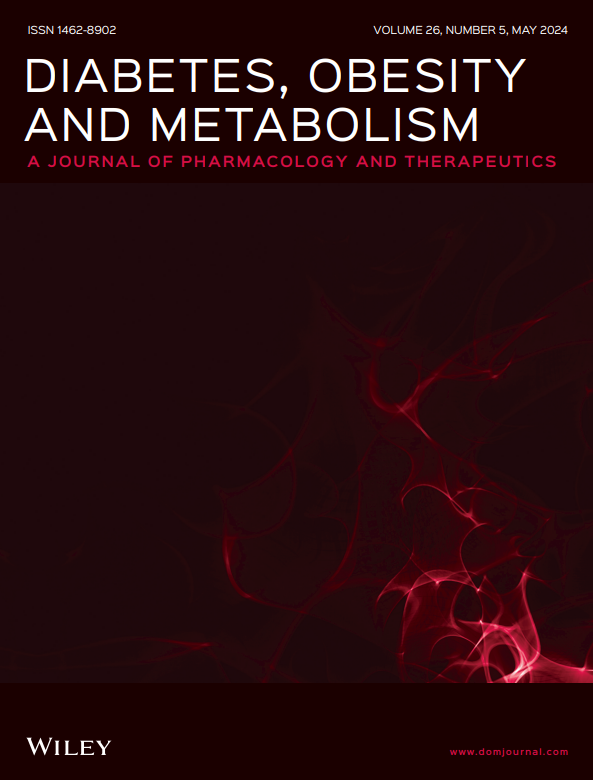Most hospitalised patients with type 2 diabetes benefit from continuous glucose monitoring compared to point-of-care glucose testing in a non-intensive care unit setting: A heterogeneity of treatment effect analysis
Abstract
Aims
Understanding whether improved glycaemic outcomes from continuous glucose monitoring (CGM) compared to point-of-care (POC) glucose testing apply uniformly to all hospitalised non-intensive care unit (non-ICU) patients with type 2 diabetes or vary among subgroups is crucial for allocating healthcare resources.
Materials and Methods
This two-site randomised controlled trial DIAbetes TEam and Cgm (DIATEC) enrolled 166 non-ICU patients with type 2 diabetes. Diabetes management was based on either POC glucose testing or CGM. Diabetes management was carried out by general hospital staff, under the guidance of specialised diabetes teams, using insulin titration protocols in both groups. We conducted heterogeneity of treatment effect regression analyses to assess whether certain patient characteristics (e.g., age, gender, haemoglobin A1c, etc.) modified the effects of CGM, compared to POC glucose testing, on the glycaemic outcomes time in/above/below range, mean glucose level, standard deviation (SD), coefficient of variation (CV) and hypoglycaemic events.
Results
No heterogeneity of treatment effect was observed, suggesting that all patients benefited equally from CGM compared to POC glucose testing regarding glycaemic outcomes.
Conclusions
From a glycaemic perspective, CGM could be widely recommended for most non-ICU patients with type 2 diabetes, as its glycaemic benefits over POC glucose testing appear consistent regardless of individual characteristics.

 求助内容:
求助内容: 应助结果提醒方式:
应助结果提醒方式:


